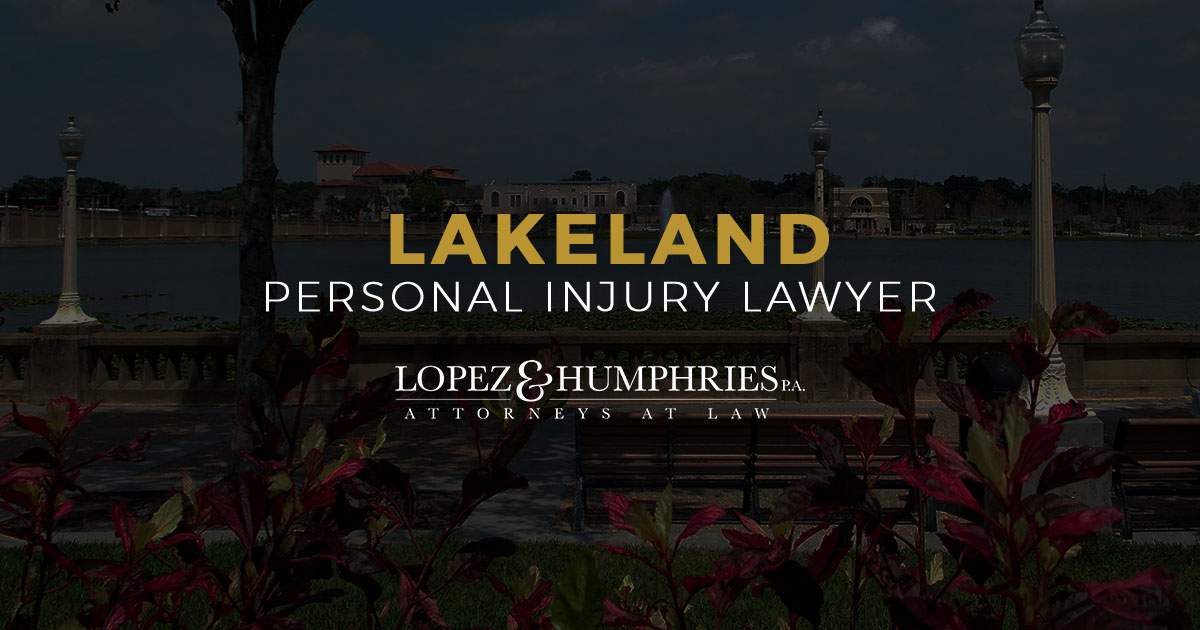Guide to Soy Candle MakingGuide to Soy Candle Making
Guide to Soy Candle Making
Creating your own soy candles at home is a rewarding and fulfilling craft that combines creativity with sustainability. At Meaningful Mantras, we believe in the power of mindful living and the joy of crafting something beautiful and eco-friendly. That’s why we use soy wax in our candles and encourage our customers to explore the art of soy candle making themselves. This guide will walk you through the process of making your own soy candles, from selecting materials to enjoying your finished product.
1. Gather Your Materials
Before you begin, you’ll need to gather the necessary materials. For soy candle making, you will need the following:
- Soy Wax: Choose 100% natural soy wax flakes for the best results. Soy wax is made from soybean oil, which is biodegradable and Renewable.
- Wicks: Cotton wicks are a popular choice for soy candles as they burn cleanly and evenly. Make sure to select the appropriate size for your candle container.
- Fragrance Oils: Add your favorite scents to your candles using high-quality fragrance oils. Essential oils can also be used for a more natural aroma.
- Containers: Glass jars or metal tins are ideal for soy candles. Ensure that the containers are heat-resistant and have smooth surfaces.
- Double Boiler: To melt the soy wax, you’ll need a double boiler or a makeshift one using a heatproof bowl and a pot of water.
- Thermometer: A thermometer is essential to monitor the wax’s temperature to avoid overheating.
- Stirring Utensil: A wooden or silicone spatula works well for stirring the wax and fragrance oils.
- Wick Holder: This tool helps keep the wick centered while the wax cools and solidifies. You can use clothespins, chopsticks, or a dedicated wick holder.
- Labels and Decorations: Personalize your candles with labels, ribbons, or other decorative elements.
2. Prepare Your Work Area
Before you start, prepare your work area by covering it with newspaper or a protective mat to catch any spills. Ensure that all your materials are within reach and that your containers are clean and dry. If you’re working with fragrance oils, it’s a good idea to keep the area well-ventilated to avoid overwhelming scents.
3. Measure and Melt the Soy Wax
The first step in the candle-making process is to measure the amount of soy wax you’ll need. A general rule is to use twice the volume of wax flakes to fill your container. For example, if your container holds 8 ounces, measure out 16 ounces of soy wax flakes.
Using your double boiler, melt the soy wax over medium heat. Stir occasionally to ensure even melting. Soy wax has a melting point between 120°F and 180°F, so use your thermometer to monitor the temperature. Avoid overheating, as this can affect the quality of your candles.
4. Add Fragrance Oils
Once the wax is fully melted and reaches a temperature of around 170°F, remove it from the heat. This is the ideal time to add your fragrance oils. The recommended ratio is 1 ounce of fragrance oil per pound of soy wax, but you can adjust this depending on how strong you want the scent to be.
Stir the fragrance oil thoroughly into the melted wax, ensuring it’s evenly distributed. At Meaningful Mantras, we love experimenting with different scent combinations to create unique and uplifting aromas, and we encourage you to do the same!
5. Attach and Position the Wick
While the wax is cooling slightly, it’s time to prepare your containers. Attach the wick to the bottom center of each container using a dab of melted wax or a wick sticker. Use a wick holder to keep the wick centered and upright while you pour the wax.
6. Pour the Wax
When the wax has cooled to around 140°F to 150°F, carefully pour it into your prepared containers. Pour slowly and steadily to minimize air bubbles. Leave a small amount of wax in your melting pot for a second pour, as the wax may shrink as it cools.
7. Cool and Refill
Allow the candles to cool at room temperature for several hours or overnight. As the wax cools, it may create a small dip or crack around the wick. If this happens, reheat the leftover wax to around 150°F and pour a thin layer over the top to create a smooth, even surface.
8. Trim the Wick and Enjoy
Once your candles have fully cooled and hardened, trim the wick to about 1/4 inch. This ensures a clean burn and prevents excessive smoke. Now, your soy candles are ready to light and enjoy!
At Meaningful Mantras, we believe that creating your own candles is more than just a craft—it’s a way to bring mindfulness and intention into your life. Soy candles not only provide a beautiful and natural light source but also offer a moment of tranquility and self-care.
Making soy candles is a delightful and eco-friendly hobby that allows you to express your creativity while contributing to a more Sustainable lifestyle. Whether you’re crafting for yourself, for gifts, or even considering starting your own candle-making business, the process is both enjoyable and rewarding. At Meaningful Mantras, we encourage you to embrace the art of soy candle making and to explore the endless possibilities it offers. Happy crafting!

